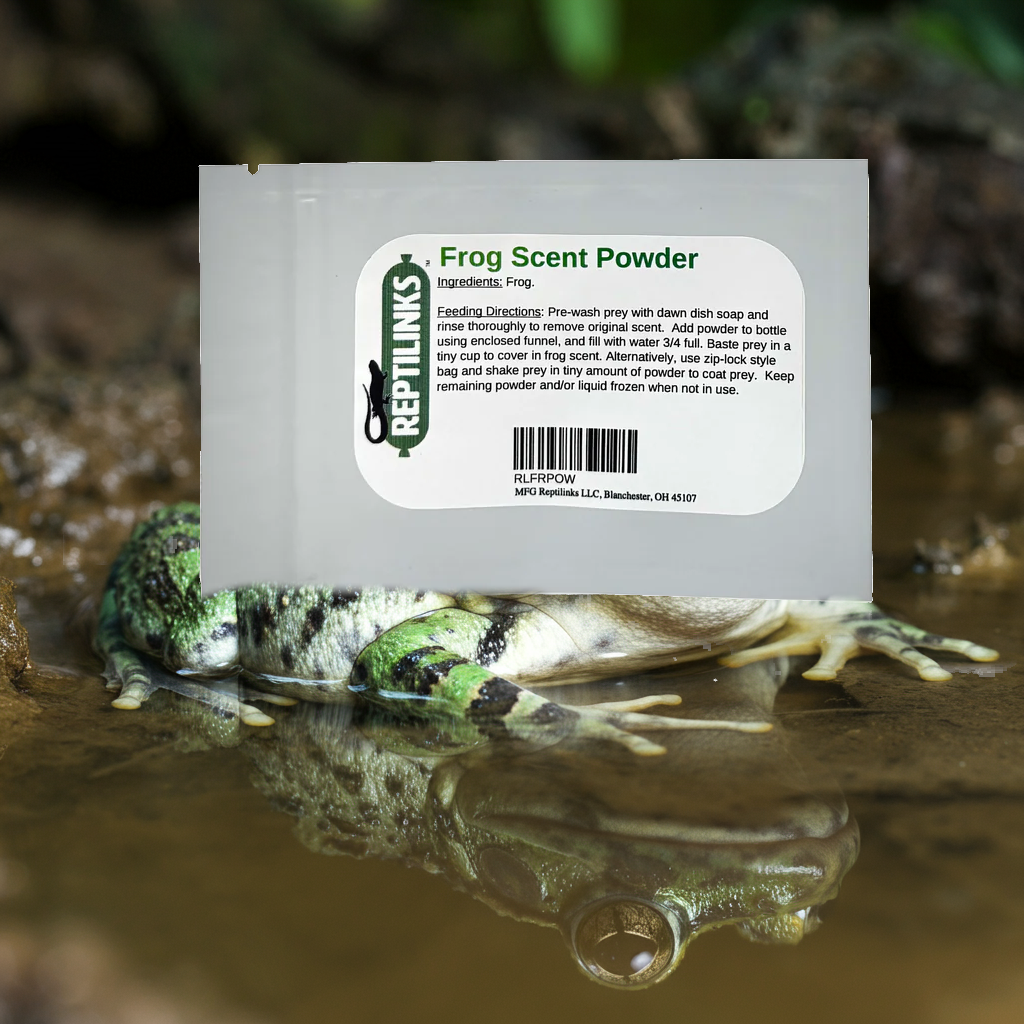Introduction to Cryptosporidium
Cryptosporidium is a microscopic parasite that can infect a wide range of animals, including reptiles. It is commonly found in the environment and can be transmitted through various routes, including contaminated drinking water. Reptiles can become infected with Cryptosporidium when they ingest the parasite through contaminated food or water. Once inside the reptile's body, the parasite can cause a range of symptoms and effects.
Prevalence in Reptiles
Cryptosporidium infection is a common problem in reptiles, with a high prevalence in captive populations. This parasite can be transmitted through various routes, including direct contact with infected individuals, ingestion of contaminated food or water, and predation by cats. The prevalence of Cryptosporidium in reptiles is a significant concern for reptile owners and conservationists alike, as it can have detrimental effects on the health and well-being of infected individuals.
Transmission and Life Cycle
Cryptosporidium is primarily transmitted through the fecal-oral route, with contaminated water being the main source of infection. Reptiles become infected by ingesting oocysts, which are the environmentally resistant form of the parasite. Once inside the reptile's gastrointestinal tract, the oocysts release sporozoites that invade the epithelial cells of the intestines. The parasite then undergoes a complex life cycle, involving asexual and sexual reproduction, resulting in the production of more oocysts. These oocysts are shed in the reptile's feces, completing the transmission cycle. Association between gut microbial composition and bear health measurements is an important area of research in understanding the transmission dynamics of Cryptosporidium in reptiles.
Symptoms and Effects
Clinical Signs in Infected Reptiles
Reptiles infected with Cryptosporidium may exhibit a range of clinical signs. These signs can vary depending on the species of reptile and the severity of the infection. Common clinical signs include diarrhea, weight loss, anorexia, and lethargy. In some cases, infected reptiles may also show signs of dehydration and poor body condition. It is important to note that these clinical signs can be similar to those caused by other diseases, so proper diagnosis is essential. Veterinarians can perform various diagnostic methods to identify the presence of Cryptosporidium in reptiles, such as microscopic examination of fecal samples and PCR testing. Early detection and treatment are crucial in managing the impact of Cryptosporidium on reptiles.
Impact on Digestive System
Cryptosporidium infection can have a significant impact on the digestive system of infected reptiles. The parasite invades the epithelial cells lining the intestines, causing inflammation and damage to the intestinal lining. This can lead to a range of symptoms, including diarrhea, weight loss, and poor appetite. In severe cases, the infection can result in malabsorption of nutrients, leading to nutritional deficiencies. The prediction of the impact on the digestive system can help in early detection and treatment of Cryptosporidium infection in reptiles.
Immunosuppression and Secondary Infections
Immunosuppression and secondary infections are common consequences of Cryptosporidium infection in reptiles. Immunosuppression occurs when the immune system is weakened, making the reptile more susceptible to other infections. This is particularly concerning as reptiles can shed the parasite in their feces, posing a risk to other animals and even humans. Secondary infections can occur when the reptile's weakened immune system is unable to fight off other pathogens. Therefore, it is crucial to understand the impact of Cryptosporidium on reptiles and take appropriate measures to prevent its spread.
Diagnosis and Treatment
Diagnostic Methods
There are several diagnostic methods available for the detection of Cryptosporidium in reptiles. These methods include direct microscopic examination, immunofluorescence assays, polymerase chain reaction (PCR), and enzyme-linked immunosorbent assay (ELISA). Direct microscopic examination involves the visualization of Cryptosporidium oocysts in fecal samples using a microscope. Immunofluorescence assays use specific antibodies to detect the presence of Cryptosporidium antigens. PCR is a molecular technique that amplifies and detects the DNA of Cryptosporidium. ELISA is an immunoassay that uses enzymes to detect Cryptosporidium antigens. Each of these diagnostic methods has its advantages and limitations, and the choice of method depends on factors such as sensitivity, specificity, cost, and availability.
Treatment Options
Treatment options for Cryptosporidium in reptiles vary depending on the severity of the infection and the species of reptile. In mild cases, supportive care such as fluid therapy and nutritional support may be sufficient to help the reptile recover. However, in more severe cases, antiparasitic medications such as nitazoxanide or azithromycin may be prescribed. It is important to note that these medications may have side effects and should be used under the guidance of a veterinarian. Additionally, environmental management and hygiene practices are crucial in preventing the spread of the parasite. Regular cleaning and disinfection of enclosures, as well as proper handling and quarantine procedures, can help reduce the risk of transmission. The mayor's concern over the impact of Cryptosporidium on reptiles highlights the need for further research and conservation efforts to better understand and mitigate the effects of this parasite on reptile populations.
Prevention and Control Measures
To prevent and control the spread of Cryptosporidium in reptiles, it is important to implement strict hygiene measures and proper husbandry practices. This includes maintaining clean and sanitized enclosures, providing high-quality water sources that are free from contamination, and regularly disinfecting equipment and substrates. Additionally, quarantine protocols should be followed when introducing new reptiles to a collection to prevent the introduction of Cryptosporidium. Regular monitoring of reptiles for signs of infection and prompt isolation of infected individuals is crucial in preventing the spread of the parasite. Education and awareness among reptile owners and keepers about the importance of proper hygiene and disease prevention is also essential. By implementing these prevention and control measures, the impact of Cryptosporidium on reptiles can be minimized.
Conclusion
Understanding the Impact of Cryptosporidium on Reptiles
Cryptosporidium is a genus of parasitic protozoa that affects a wide range of vertebrate hosts, including reptiles. Cryptosporidium infections in reptiles can have significant impacts on their health and well-being. It is important to understand the prevalence of Cryptosporidium in reptiles, as well as its transmission and life cycle, in order to effectively manage and control its spread.
Importance of Early Detection and Treatment
Early detection and treatment of Cryptosporidium infection in reptiles is crucial for their overall health and well-being. Prompt identification of the parasite can prevent further spread within the reptile population and reduce the risk of transmission to humans. Veterinarians play a vital role in diagnosing and treating infected reptiles, utilizing various diagnostic methods such as fecal examination and PCR testing. Treatment options may include antiparasitic medications and supportive care to alleviate symptoms and strengthen the immune system. Implementing strict prevention and control measures in reptile facilities and promoting hygiene practices among reptile owners are essential to minimize the occurrence and impact of Cryptosporidium infection. Continued research and conservation efforts are necessary to better understand the parasite and develop more effective prevention and treatment strategies.
Future Research and Conservation Efforts
Future research and conservation efforts are crucial in addressing the impact of Cryptosporidium on reptiles. Further studies are needed to understand the pathogenesis and host-parasite interactions of this parasite in reptilian species. Additionally, research focusing on the development of effective treatment methods and prevention strategies is essential. Conservation efforts should emphasize habitat preservation and biosecurity measures to reduce the risk of transmission. By prioritizing research and conservation, we can better protect reptiles from the harmful effects of Cryptosporidium and ensure their long-term survival.






Comments